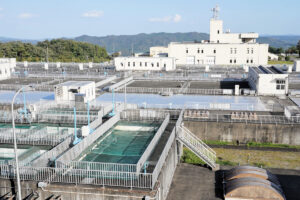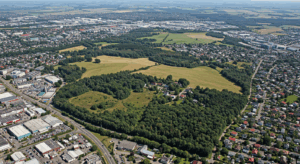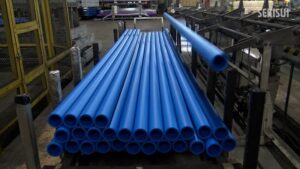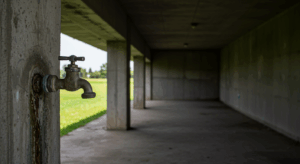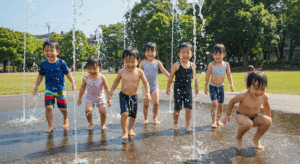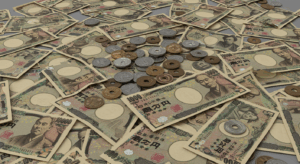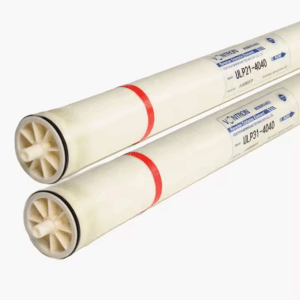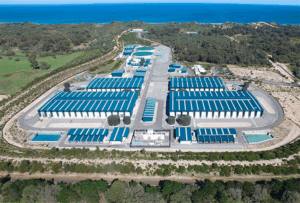― Why Tap Water Isn’t Always Safe to Drink ―
Only 12 countries in the world have safe tap water to drink (WHO, 2023).
Japan is one of the rare cases. Yet bottled water and water purifiers continues to sell. Why?
This article explores the strengths and challenges of Japan’s water supply system, placing it in a global context.

Water in Japan vs. the world
| indicator | Japan | Major Developed Countries* | Notes |
|---|---|---|---|
| Daily water usage / person | 250 L | Around 200 L | MLIT, 2023 |
| Num of drinking water quality standards | 51 items | 30〜40 items | MHLW / WHO |
| Countries with drinkable tap water | 12 / 195 | — | WHO, 2023 |
* Major developed countries = OECD 24-country (2022)
2. Why Is Tap Water Drinkable in Japan?
- Strict Water Quality Standards
- Japan enforces 51 legally mandated quality standards, many of which are stricter than WHO guidelines.
- Multiple Barrier System in Water Treatment Plants
- Advanced purification processes—rapid filtration, ozonation, and activated carbon—are widely used, with a 70% implementation rate in designated cities.
- Mandatory Residual Chlorine
- A minimum of 0.1 mg/L residual chlorine is required, even at the end of distribution pipes, to inhibit bacterial growth.
- The target level is 0.3 mg/L.
No large-scale health incidents caused by tap water have been reported in Japan since 2000 (MHLW Water Statistics 2024).
3. Why Do People Still Choose Bottled Water and Purifiers?
| Factor | Examples |
|---|---|
| Taste & Odor | Complaints from algae-related odors in dam water, or metallic smells from old household pipes |
| 不安心理 | Anxiety from PFAS/PFOS news on social media, memories of disrupted supply after earthquakes |
| Psychological Concern | Demand for portable bottles, preferences for taste in tea or coffee. Carrying bottled water was once seen as trendy. |
4. When “Safe Water” Stops Flowing
- 2019: Chikuma River Flooding in Nagano
- Sewage plant was submerged → tap water service suspended for 3 months.
- 2024: Noto Peninsula Earthquake
- Over 900 water pipelines damaged. Full restoration outside of the hardest-hit zones still took ~3 months.
- Projected Tokyo Metropolitan Earthquake
- Up to 11 million people could lose water access; 3 million still without water after 5 days (Cabinet Office, 2022).
In disasters, “drinkable tap water” can become “undrinkable or unavailable water” overnight.
The gap must be filled by household reserves and emergency water supply stations (to be covered in detail soon).
5. Conclusion
- Japan’s tap water ranks among the best in the world in terms of quality and safety.
- Still, concerns over taste or safety persist, driving continued demand for bottled water and purifiers.
- Realistic disaster preparedness at home starts with the understanding that “drinkable water” is not a permanent guarantee—and includes both water storage and water-saving habits.
